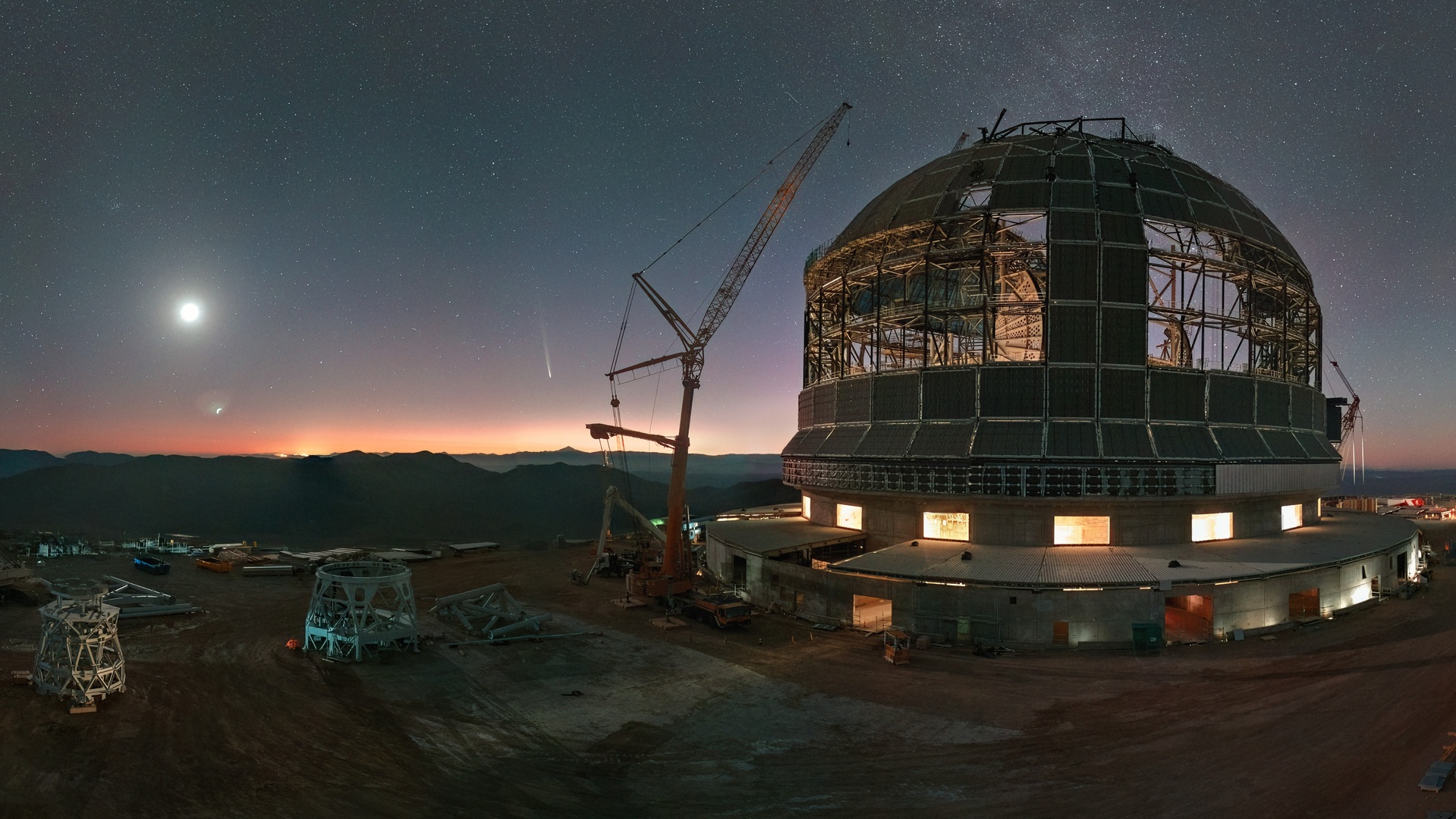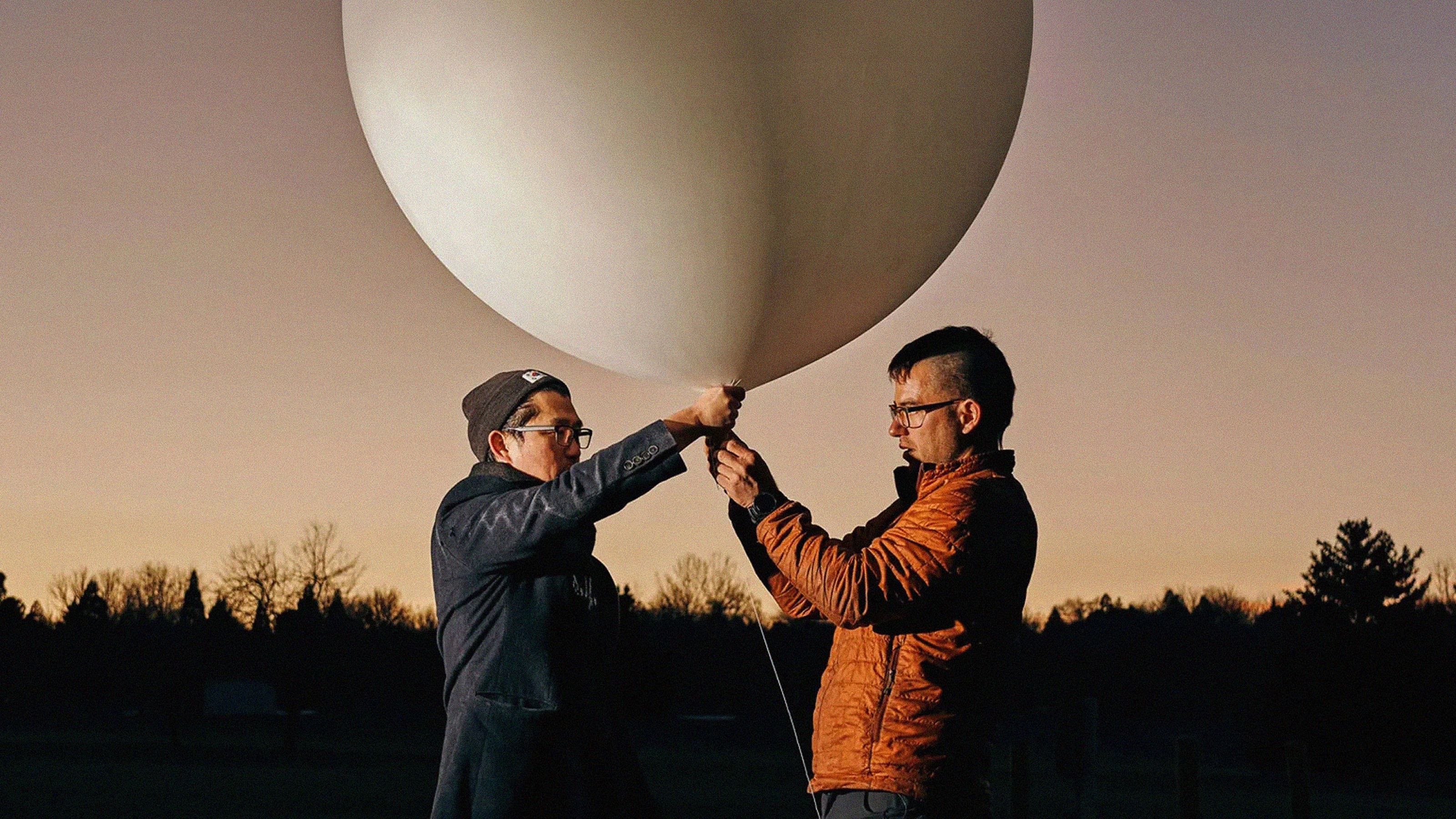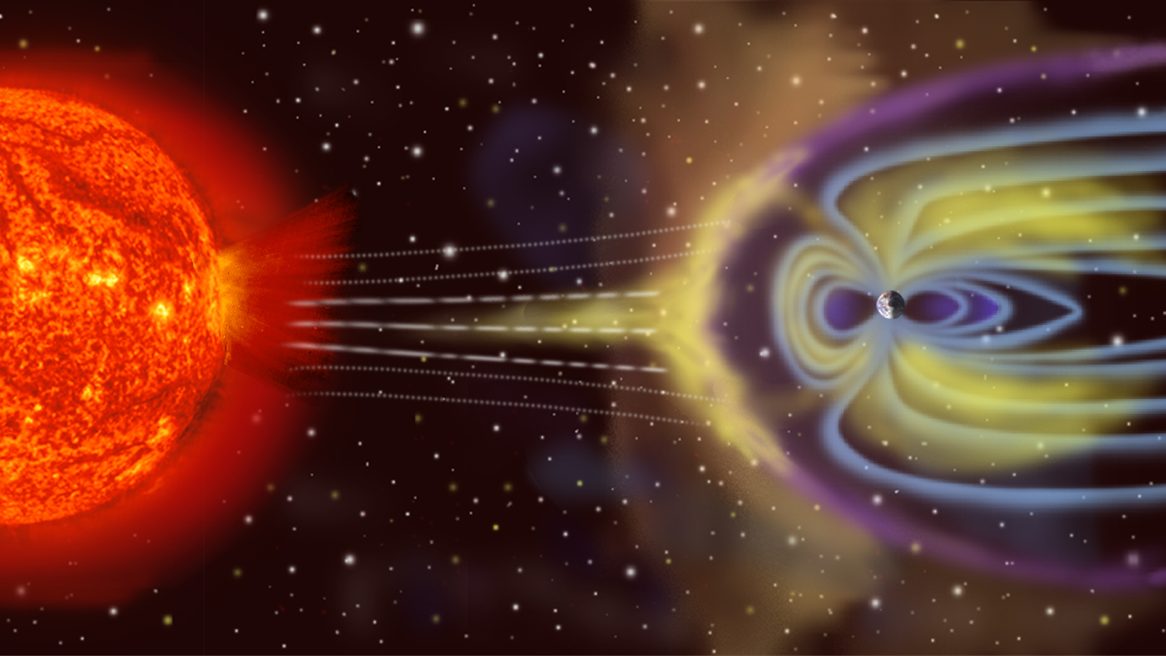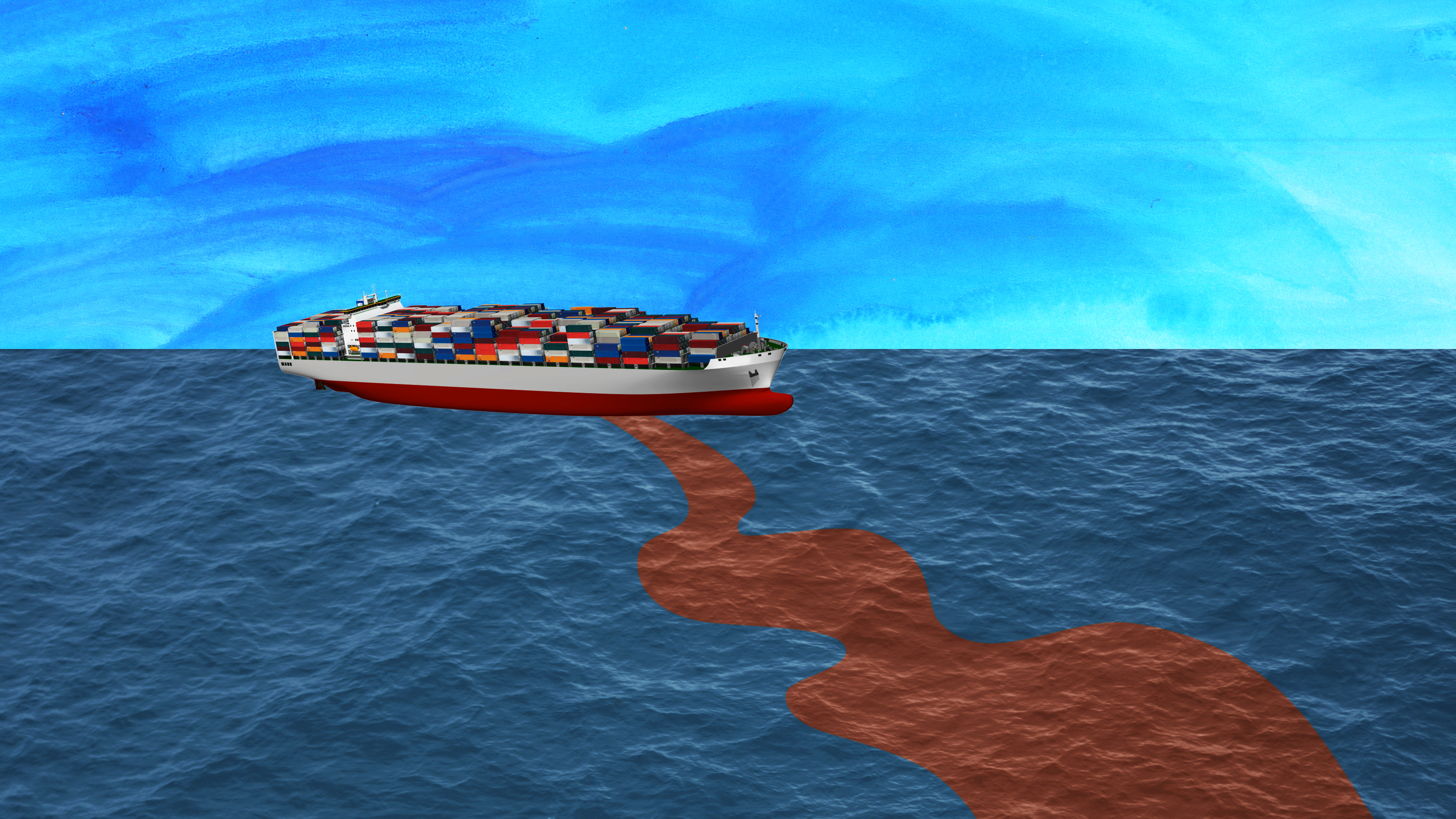Article from 1912 warns the world about climate change
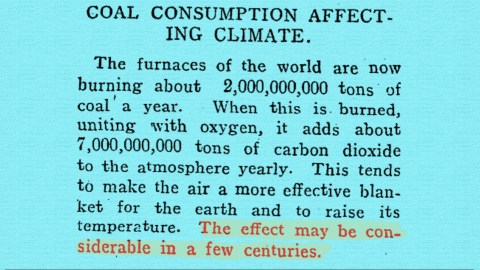
Credit: Fairfax Media/CC BY-NC-SA 3.0 NZ
- An article from 1912 is making headlines for its mention of climate change by means of putting carbon into the atmosphere.
- It is but one of many articles and papers that mentioned human-driven climate change during the early 20th century.
- It reminds us that just because we can see a problem coming doesn’t mean we fully understand how quickly it will arrive or how dangerous it will be.
Somehow, there is still a public debate on whether climate change is occurring and how much of it humanity is responsable for. This is despite the agreement of 97% of climate scientists on the matter and decades of research. It gets even stranger when you realize that the idea that humans can change the environment is older than gasoline-powered cars and that people were discussing the potential effects of climate change before the Titanic sank.
Extra, Extra! Read all about it!
In the March 1912 edition of Popular Mechanics, an article on the balmy year of 1911 and the ability of humans to change the climate includes a single line that has shocked some modern readers. The caption for a photograph of a coal plant explains that:
The furnaces of the world are now burning about 2,000,000,000 tons of coal a year. When this is burned, uniting with oxygen, it adds about 7,000,000,000 tons of carbon dioxide to the atmosphere yearly. This tends to make the air a more effective blanket for the earth and raise its temperature. The effect may be considerable in a few centuries.
The article goes on to somewhat contradict its own caption, explaining how it is “highly improbable” that there would be enough change in the atmosphere within the next thousand years to have any noticeable effect on global temperatures, though it does argue that the Earth will get warmer before it gets cooler.
Oh, 1912, how innocent you were.
How did they know about climate change way back then?
The Popular Mechanics article was hardly ahead of its time. An article in Nature published in 1882 concluded that increased pollution “will have a marked influence on the climate of the world.” This article was widely discussed, and follow-ups to it are credited with popularizing discussion about the effects of pollution on the environment.
A basic understanding of the greenhouse effect goes back to 1824 when Joseph Fourier argued that Earth’s atmosphere allowed the planet to be warmer than it would be without one. He even speculated on the potential for humans to alter the climate, though he thought altering the land was more important to the process than changing the composition of the atmosphere. You can see in this quote how he also thought the process would take much longer to notice than it has:
The establishment and progress of human societies, the action of natural forces, can notably change, and in vast regions, the state of the surface, the distribution of water and the great movements of the air. Such effects are able to make to vary, in the course of many centuries, the average degree of heat; because the analytic expressions contain coefficients relating to the state of the surface and which greatly influence the temperature.
His ideas were followed up on by Svante Arrhenius in 1896. Working as a chemist, he was able to determine how much the temperature of the planet would increase for each unit of carbon dioxide introduced into the atmosphere. Working forwards from of his calculations, he was the first to understand that global warming by means of changing the composition of the atmosphere is possible. He phrased his ideas in what is now known as “Arrhenius’ rule.”
If the quantity of carbonic acid* increases in geometric progression, the augmentation of the temperature will increase nearly in arithmetic progression.
He also didn’t think we had much to worry about anytime soon from this phenomenon. He even once told an audience:
We would then have some right to indulge in the pleasant belief that our descendants, albeit after many generations, might live under a milder sky and in less barren surroundings than is our lot at present.
*At the time, this meant carbon dioxide.

Clipping from the 1912 article ‘Remarkable Weather of 1911: The Effect of the Combustion of Coal on the Climate — What Scientists Predict for the Future’ in Popular Mechanics.
Credit: Popular Mechanics
Why were they so off on the timescales? Why did they think this was a good thing?
We’ve put a lot more carbon into the air than these scientists probably thought we would—that alone would throw off their estimates even if they had the better understanding of climate change that we have today.
As for thinking climate change could be good, they weren’t alone. The idea that human intervention in the climate was good for us was widespread during the 19th century. Farmers were told that the act of plowing encouraged rainfall in the drier regions of Australia and the United States. In the light of this optimism, the idea that we could warm up the planet probably gave these early climatologists visions of more summer sun and better crop yields rather than nightmares of worsening natural disasters.
The conclusion of the 1912 Popular Mechanics article will leave you a bit sick in the stomach from all the hubris:
It is perhaps somewhat hazardous to make conjectures for centuries yet to come, but in the light of all that is known it is reasonable to conclude that not only has the brain of man contrived machines by means of which he can travel faster than the wind, navigate the ocean depths, fly above the clouds, and do the work of a hundred, but also indirectly by these very things, which change the constitution of the atmosphere, have his activities reached beyond the near at hand and the immediate present and modified the cosmic processes themselves.
It is largely the courageous, enterprising, and ingenious American whose brains are changing the world. Yet even the dull foreigner, who burrows in the earth by the faint gleam of his miner’s lamp, not only supports his family and helps to feed the consuming furnaces of modern industry, but by his toil in the dirt and darkness adds to the carbon dioxide in the earth’s atmosphere so that men in generations to come shall enjoy milder breezes and live under sunnier skies.

An electric discharge photographed in the workshop of Nikola Tesla, United States of America.
Photo from L’Illustration, No 3571, August 5, 1911 via Getty Images.
How did other predictions from that era pan out?
Some of the predictions for the far-off 21st-century that people made back then were accurate, though these futurists often claimed that humanity would advance much faster than we actually did or would take an eternity to accomplish something that was achieved a few years later.
Nikola Tesla predicted the rise of our the smart phone back in 1905 when he said:
“Within a few years a simple and inexpensive device, readily carried about, will enable one to receive on land or sea the principal news, to hear a speech, a lecture, a song or play of a musical instrument, conveyed from any other region of the globe. The invention will also meet the crying need for cheap transmission to great distances, more especially over the oceans. The small working capacity of the cables and the excessive cost of messages are now fatal impediments in the dissemination of intelligence which can only be removed by transmission without wires.”
He seemed to think we’d have smartphones much sooner than we did, however. This is understandable since he was trying to invent transatlantic wireless communication at the time, he was just extremely optimistic. On the other hand some predictions look utterly absurd in retrospect. Great thinkers like Alfred Nobel and Guglielmo Marconi predicted that globalization, advanced weaponry, and international communication would make a general European war impossible—they thought so right up until July 1914.
Even with the help of science, predicting the future can be a tricky business. The science of climate change was beginning to take shape at the dawn of the 20th century, but humanity had yet to fully understand how rapidly the problem would sneak up on us. Given how difficult understanding the future is, perhaps we should just listen to what scientists are advising us to do today.
